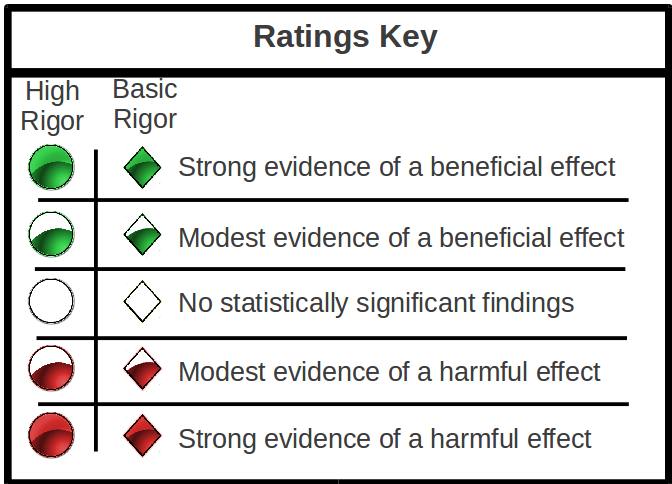Employment
Conventional wisdom states that finding a job is one of the most important elements for a person to successfully transition from incarceration back into the community. In fact, individuals returning home from prison often identify employment as the most important factor that helped them stay crime free. While studies have shown that employment can help decrease the likelihood than an individual will reoffend and recidivate, in general research on the relationship between participation in employment programs and recidivism has yielded mixed results.
This section provides an overview and examination of key evaluative research investigating the relationship between reentry employment programs and recidivism reduction. Below, we highlight the results and conclusions of research that met our criteria for methodological rigor and provide a basis for comparing and discussing effective employment programs emerging in the reentry field.
… (more)
-
Affordable Homes Program (Construction Training and Experience)Evaluations:1 High Rigor
The Affordable Homes Program (AHP), as implemented by the Minnesota Department of Corrections with the assistance of non-profit agencies, is an intervention designed to provide practical, construction-related experience to minimum-security inmates, while simultaneously providing homes for low-income residents throughout the community.
-
Center for Employment Opportunities (CEO)Evaluations:1 High Rigor
The Center for Employment Opportunities (CEO) opened in New York City in the 1970s, became an independent nonprofit corporation in 1996, and has since expanded to several locations around the country.
-
Institutional WorkEvaluations:1 Basic Rigor
Institutional work provides incarcerated persons the opportunity to participate in work assignments within the correctional facility; the purpose of institutional work is to (1) reduce the amount of time that inmates are idle; (2) give inmates productive tasks that can teach them responsibility and skills, potentially improving their institutional outlook; and (3) offset the costs of correctional facility operations.
-
Kintock Group, Inc., Employment Resource CenterEvaluations:1 Basic RigorThis intervention is designed to assist formerly incarcerated persons with securing and maintaining employment, thus reducing the chances of recidivism; in addition to providing clients with job retention support, employment readiness training, and job placement services, the Employment Resource Center offers case management, substance abuse treatment, and educational referrals.
-
National Supported Work Demonstration ProjectEvaluations:1 High Rigor
The intervention evaluated was the National Supported Work Demonstration Project; those randomly assigned to the treatment group were offered minimum-wage jobs in crews of 8 to 10 workers led by counselor/supervisors.
-
Prison IndustriesEvaluations:4 High Rigor3 Basic RigorDepending upon the available programs and the type of correctional facility (eg, state versus federal), persons participating in prison industries are employed in jobs ranging from farming and agriculture (Johnson 1984) to metal industries and furniture shops (Flanagan et al 1988).
-
Specialized Training and Employment Project (STEP)Evaluations:1 Basic Rigor
The Specialized Training and Employment Project (STEP) was a unique intervention implemented in a Milwaukee prison that was designed to improve the post-release employment prospects of returning prisoners; STEP provided participants with a wide array of support occurring in three phases: institutional, transitional, and post-release.
-
Work ReleaseEvaluations:3 High Rigor3 Basic Rigor
Work release programs provide incarcerated persons the opportunity to work within the community while residing in a correctional facility at all other times; this approach is believed to facilitate the prisoner’s reintegration success by enhancing employment prospects and providing a means for prisoners to accrue savings while offsetting the costs of the work release program.
